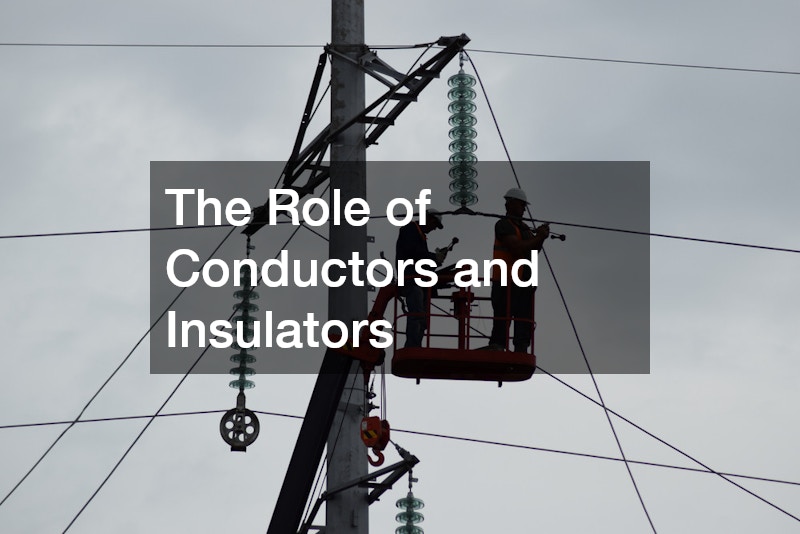At its core, electricity is the flow of electrical power or charge. It is a fundamental part of nature and one of the most used forms of energy. For an electrician, understanding the basic principles of electricity is crucial. Electricity is expressed in terms of current (amperes), voltage (volts), and resistance (ohms).
The interplay of these factors determines how electrical systems function, making it essential for every electrician to grasp these concepts effectively.
The flow of electricity is often compared to water running through a pipe. Voltage is the pressure that pushes electricity through the circuit, while current is the flow rate of the electricity. Resistance is akin to the size of the pipe, influencing how much electricity can flow at any given time. This analogy helps professionals, like an electrician in Orlando, FL, for example, visualize and troubleshoot electrical systems. Understanding these elements allows electricians to design and maintain circuits that are both efficient and safe.
Additionally, electricians must be aware of the concepts of alternating current (AC) and direct current (DC). While AC is commonly used for power distribution in homes and industries, DC is typically used in batteries and electronics. Knowledge of how AC and DC work and how they are converted is critical for any electrician. This understanding expands their competency in working with various electrical devices and systems. It also enables them to make informed decisions during installations and repairs.
Understanding Electrical Circuits
An electrical circuit is a closed loop that allows electricity to flow, powering everything from small household gadgets to large industrial machines. For an electrician, comprehension of circuits is fundamental. Circuits consist of a power source, conductors, and a load. The functionality of a circuit is influenced by factors such as circuit type, load, and the resistance within the circuit. This knowledge helps electricians diagnose potential issues and implement necessary improvements or repairs.
There are several types of circuits, including series and parallel circuits. In a series circuit, components are connected end-to-end, so the same current flows through each component. Conversely, in a parallel circuit, components are connected across a common set of points, allowing separate paths for electricity. Understanding these types of circuits is critical for an electrician, as it impacts the way they approach installations and troubleshooting. By mastering circuits, an electrician in Orlando, FL, or similar regions can effectively manage complex electrical systems.
Electricians must also be knowledgeable about circuit protection devices such as circuit breakers and fuses. These components are essential for preventing electrical overloads and potential fires. A circuit breaker interrupts the flow of electricity when a fault is detected, while a fuse provides protection by melting and breaking the circuit. Awareness of these devices is vital for maintaining the safety and reliability of electrical systems. An electrician’s ability to choose and install the appropriate protection can be the difference between a functional system and a hazardous situation.
The Role of Conductors and Insulators

Recognizing the role of conductors and insulators is another critical aspect of understanding how electricity works. Conductors are materials that permit the flow of electrical current; common examples include copper and aluminum. These materials have free electrons that allow electricity to move through them easily. On the other hand, insulators such as rubber and glass resist electrical flow. For an electrician, knowing when and how to use these materials is necessary for building efficient and safe electrical systems.
Conductors are mainly used in the wiring and cables that form the network of an electrical system. They are selected based on their conductivity, durability, and cost. Insulators, by contrast, are used to protect users from electric shocks and safeguard electrical components from environmental factors such as moisture. This distinction is imperative for electricians to ensure that installations are both functional and safe. The integration of conductors and insulators determines the performance and longevity of electrical installations.
In some scenarios, materials that are neither perfect conductors nor insulators—known as semiconductors—are utilized. Semiconductors like silicon are used in the production of electronic components such as diodes and transistors. These materials have a conductivity level between conductors and insulators, making them ideal for controlling electrical current in devices. Electricians particularly benefit from this knowledge when working on advanced electronic systems. Mastery of conductors, insulators, and semiconductors equips electricians with the expertise needed to manage diverse electrical challenges.

